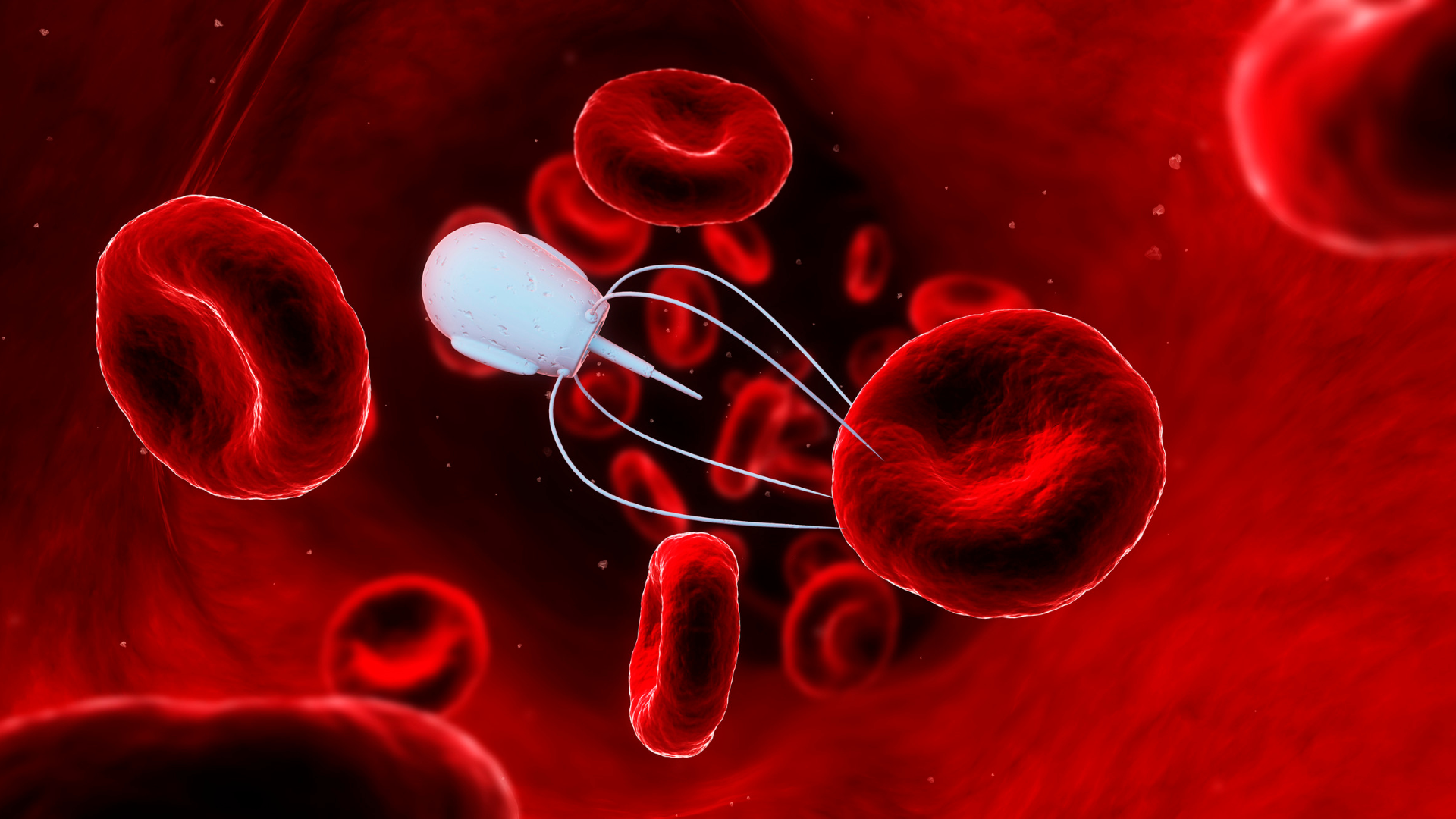Nanoscale 3D Printing Unleashed: The Path to Personalized Medicine and 4D Innovation

The prospect of nanoscale 3D printing could revolutionise the medical and healthcare industries, particularly in the drug delivery space. 3D printing on the scale of a billionth of a metre (from 1 to 100 nanometres) opens up the doors for radical innovation in novel medical devices, implants, and drug delivery systems.
These microscopic devices present the possibility from personalised medical devices which are developed to suit individual patients’ needs. Furthermore, they offer new opportunities for targeting particular tissues and cells in the body; combined controlled release mechanisms, 3D nano-printed devices could significantly minimise off-target side effects.
RELATED:
- Machine Learning Methods in Drug Delivery: Three Approaches to Watch
- Innovative Approaches to Nano Delivery
- Examining New Technologies for the Delivery of Therapeutics
Rahul Panat, a Professor at Carnegie Mellon University’s College of Engineering is one such researcher in the field of nanoscale 3D printing. He and his team have been working on using the technology to develop a Brain-Computer Interface (BCI), a device that captures brain signals which can be interpreted by a computer. The device, also called a CMU array, consists of micropillars made of stacks of millions of nanoparticles.
It was during their experiments on sintering the device that they came across an intriguing and potentially powerful phenomenon. They observed that during the 12 hour sintering process, which can reach temperatures up to 300°C, the micropillars spread and departed from each other, almost like a blooming flower.
This prompted additional experiments conducted by a collaborative team of researchers, led by Panat, from Carnegie Mellon and Washington State University. Their goal was to figure out what was going on, as the ‘blooming’ effect was completely unforeseen. If the team could figure out a way to control this phenomenon, it could open the doors to the world’s first example of ‘4D printing’, whereby devices printed in 3D are able to undergo transformational deformation in response to stimuli (such as the heat in the sintering process).
"The idea of sintering as a way to achieve 4D printing will open new research directions," said Panat.
Their findings, which have been published in Nature Communications, show that mass transport was essential for the shape change that they observed from the sintering. Further gathered from their studies, they were able to nail down two mechanisms of distortion that are involved in the change. Most importantly, they developed a model that can accurately predict which parameters can control the distortion.
Panat added: "It's very exciting that we could solve a fundamental problem in additive manufacturing that was the primary barrier to achieve near-net-shape parts using AM. Such parts do not require additional processing, which reduces costs and saves energy."
The discovery of the 'blooming' effect during the sintering process in nanoscale 3D printing has opened up new possibilities for 4D printing. These findings not only shed light on the mechanisms behind this phenomenon but also provide a model to accurately control the distortion. This breakthrough has the potential to revolutionise the field of nanoscale 3D printing and unlock a myriad of applications in medicine, healthcare, and beyond.
Get your weekly dose of industry news and announcements here, or head over to our Formulation portal to catch up with the latest advances in manufacture and therapeutic delivery.






